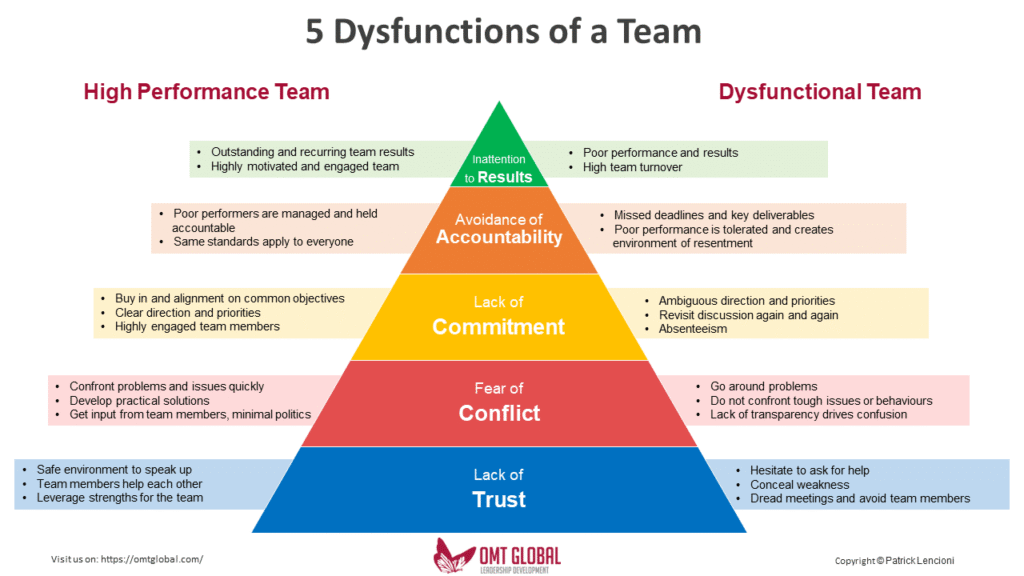Introduction: The Reality of Sangha Conflict in a Spiritual Community
Even in Buddhist sanghas devoted to mindfulness and compassion, conflict inevitably arises. Differing personalities, expectations, and interpretations of practice or misaligned expectations can lead to misunderstandings and tension.
The 8th Mindfulness Training reminds us:
Aware that lack of communication always brings separation and suffering, we are committed to training ourselves in the practice of compassionate listening and loving speech. Knowing that true community is rooted in inclusiveness and in the concrete practice of the harmony of views, thinking and speech, we will practice to share our understanding and experiences with members in our community in order to arrive at collective insight.
We are determined to learn to listen deeply without judging or reacting, and refrain from uttering words that can create discord or cause the community to break. Whenever difficulties arise, we will remain in our Sangha and practice looking deeply into ourselves and others to recognise all the causes and conditions, including our own habit energies, that have brought about the difficulties. We will take responsibility for all the ways we may have contributed to the conflict and keep communication open. We will not behave as a victim but be active in finding ways to reconcile and resolve all conflicts however small.
That last part. There is the work.
To live this aspiration, it helps to explore why groups struggle and how we can respond skillfully.
Business author Patrick Lencioni offers a framework called The Five Dysfunctions of a Team, which can be surprisingly relevant for spiritual communities. I am a long time business owner and so in my journey to build thriving cultures Lecioni’s work as been a great resource. Let’s look at these dysfunctions, how they appear in sangha life, and what we can do about them.

1. Absence of Trust
Definition: Team members fear vulnerability, so they hide doubts or mistakes.
In Sangha:
Members may pretend everything is fine rather than share struggles.
A culture of perfectionism, status quo, and/or criticalness may develop.
Deep connections never form.
What May Help:
- Mini-sangha mindful leadership meetings – sitting together, studying dharma together, setting annual/quarterly goals, developing agreed upon implementation facilitation.
- Monthly Leadership Team Flower Watering.
- Whole sangha weekly dharma sharing with guidelines for confidentiality and non-judgment.
- Leaders modeling openness about their own challenges.
- Reminders that vulnerability is a strength, not a weakness.
2. Fear of Conflict
Definition: Avoiding healthy debate to preserve artificial harmony.
In Sangha:
People equate disagreement with being “un-Buddhist” or something to avoid.
Issues fester beneath the surface.
Real trust erodes over time.
What May Help:
Normalizing respectful conflict as an opportunity for growth.
Practicing Nonviolent Communication.
Scheduling structured dialogues to address difficult topics.
Practice and training of Beginning Anew
3. Lack of Commitment
Definition: Vague or no goals, and/or fear of disagreement prevent commitment to decisions.
In Sangha:
Decisions are half-made or not made at all.
People leave meetings unsure what was decided.
Progress stalls.
What May Help:
Clarifying agreements in writing.
Creating a shared sangha vision and purpose.
Using consensus-based tools—like thumbs voting—to check understanding.
4. Avoidance of Accountability
Definition: No one calls out unhelpful and/or harmful behaviors or broken agreements.
In Sangha:
People fear being “judgmental” if they speak up.
Patterns of harm repeat.
Trust deteriorates.
What May Help:
Establishing clear guidelines for feedback.
Practicing “gentle correction” as an act of love.
Creating safe processes for addressing grievances.
5. Inattention to Results
Definition: Individuals put personal goals above collective outcomes.
In Sangha:
Cliques form around particular teachers or practices.
The shared mission of awakening together gets lost.
Members/visitors drift away and are never followed up on or checked in on.
What May Help:
Regular reflection: “How does this serve the sangha as a whole?”
Revisiting shared aspirations and commitments.
Celebrating successes and acknowledging contributions.
Navigating Different Expectations
Another layer of difficulty comes when members have different expectations about what sangha is for:
A meditation club?
A spiritual family?
A social justice hub?
A structured Dharma school?
A community for healing?
A platform to grow more mindfully healing leaders?
A way to serve the local community?
What May Help:
Clarify purpose collectively.
Draft a Sangha Covenant describing:
Why you gather
How you make decisions
How you handle conflict
Name differences early and gently explore them together.
Consensus in Practice: Thumbs Voting and Parker Palmer’s Wisdom
Many sanghas use thumb voting as a way to build consensus:
👍 Thumbs Up: “I agree.”
👉 Thumb Sideways: “I have concerns or questions.”
👎 Thumbs Down: “I don’t support this.”
This system is only helpful when its meanings are clear and dissent is welcomed—not suppressed.
Pitfalls to watch out for:
-
People giving “thumbs up” just to avoid conflict.
-
Ambiguity about what sideways means.
-
Misunderstanding consensus as needing everyone to feel enthusiastic.
Parker Palmer, in Healing the Heart of Democracy, offers a helpful reminder:
“Consensus isn’t about pretending differences don’t exist. It’s about holding tensions creatively until new possibilities emerge.”
Consensus requires:
-
Honest dialogue.
-
Patience.
-
Courage to stand in the “tragic gap” between what is and what could be.
Helpful practices:
-
Define each thumb signal clearly.
-
Encourage dissent as a gift to the community.
-
Ask: “Is this good enough for now and safe enough to try?”
-
Plan to revisit decisions after a trial period.
When Things Go Wrong
Conflict, disappointment, and hurt feelings will happen. It’s part of being human.
When they do:
Pause and return to mindful breathing.
Reaffirm shared purpose.
Invite mediation or facilitation.
Practice forgiveness—for yourself and others.
Practice Beginning Anew.
Remember: “No mud, no lotus.”
Conclusion
Sangha is a training ground for compassion, patience, and collective wisdom. The Five Dysfunctions model, consensus practices like thumb voting, and Parker Palmer’s insights can all serve as skillful tools to help us work together at all costs – not by avoiding difficulty, but by transforming it. Remember sangha conflict is not bad or harmful as long as members respect one another.
May your sangha be a place where the mud of conflict becomes the fertile ground for awakening.

